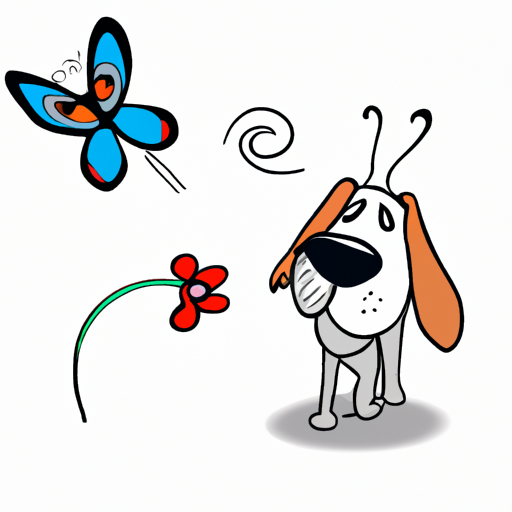If you’ve ever looked closely at your dog’s face, you may have noticed those long, stiff hairs that stick out from the sides. They’re called whiskers, and they serve a crucial function for our canine companions. But what do dogs use whiskers for? In this comprehensive guide, we’ll delve into the incredible world of dog whiskers and how they contribute to your pet’s sensory perception and overall well-being.
Contents
- What Are Dog Whiskers?
- The Function of Whiskers
- The Sensory Power of Whiskers
- The Danger of Cutting Whiskers
- Frequently Asked Questions
Key Takeaways
- Whiskers, also known as vibrissae, are sensory tools that help dogs navigate their environment.
- Whiskers detect changes in airflow and vibrations, assisting dogs in avoiding obstacles, especially in low light.
- Cutting or trimming a dog’s whiskers could cause them distress or disorientation.
What Are Dog Whiskers?
Dog whiskers, scientifically known as vibrissae, are tactile hairs that are thicker, longer, and stiffer than regular fur. They’re embedded more deeply in your pet’s skin and are connected to sensitive muscles and nerves, making them a powerful sensory tool.
Whiskers are located in strategic spots on your dog’s face: above the eyebrows, on the muzzle, and beneath the chin. This distribution aids your furry friend in comprehending their surroundings, much like the human sense of touch.
The Function of Whiskers
The main function of whiskers is to work as a sensory tool. They help dogs sense their surroundings, detect changes in their environment, and avoid potential hazards. This is especially crucial in low-light conditions where their sight might be compromised.
Whiskers can pick up on even the smallest changes in air currents. When an object approaches, it disrupts the air current and causes the whiskers to vibrate. These vibrations are then relayed to the dog’s brain, allowing them to react accordingly. This is how your pooch manages to navigate around furniture in the dark or why they stop short of a cliff edge.
Moreover, whiskers also play a role in communication. Dogs can flare their whiskers, indicating arousal or agitation. Observing your dog’s whiskers can provide you with valuable insight into their emotional state.
The Sensory Power of Whiskers
The power of whiskers goes beyond just tactile feedback. They are packed with nerve endings, making them highly sensitive to vibrations in the environment, much like how spiders sense their surroundings through web vibrations.
These vibrations can provide your dog with a wealth of information about the size, shape, and speed of nearby objects. You might have noticed your dog twitching their whiskers towards new objects or unfamiliar animals. This is their way of investigating and understanding the unfamiliar entity.
Whiskers are so sensitive that they can even pick up on changes in airflow. For example, when your dog sticks their head out of a car window, they are not just enjoying the wind in their face. Their whiskers are rapidly detecting and processing a multitude of sensory information, making it an exhilarating experience for them.
To further understand the sensory power of whiskers, check out this research on the role of whiskers in dog behavior.
The Danger of Cutting Whiskers
Given their crucial sensory function, it is essential to understand the potential harm in cutting or trimming your dog’s whiskers. Doing so can cause significant distress and disorientation for your furry friend. It can impair their ability to navigate their surroundings, particularly in the dark, and can even affect their mood and behavior.
If you’re concerned about grooming and the appearance of your dog’s whiskers, consult a professional groomer or your vet. They can provide guidance on maintaining your dog’s whiskers without causing harm or discomfort. For more information on dog grooming, check out this article.
Frequently Asked Questions
1. Can whiskers grow back if cut?
Yes, if a dog’s whiskers are accidentally cut, they will grow back. However, the process might take a while and your dog could experience some discomfort or disorientation in the meantime.
2. Do whiskers help dogs see in the dark?
While whiskers don’t ‘see’ in the traditional sense, they do help dogs navigate in low light conditions by detecting changes in air currents caused by nearby objects or obstacles.
3. Are a dog’s whiskers sensitive?
Yes, a dog’s whiskers are very sensitive. They are connected to nerve endings that send sensory signals to the brain. That’s why dogs may react if their whiskers are touched or disturbed.
To wrap up, the next time you find yourself staring at those peculiar long hairs on your dog’s face, remember that they are not just for show. They are a vital sensory tool that helps your pet navigate the world. So, let’s appreciate our dogs’ whiskers and ensure they are treated with the care they deserve. For more fascinating insights into dog behavior and care, visit www.onetopdog.com.



